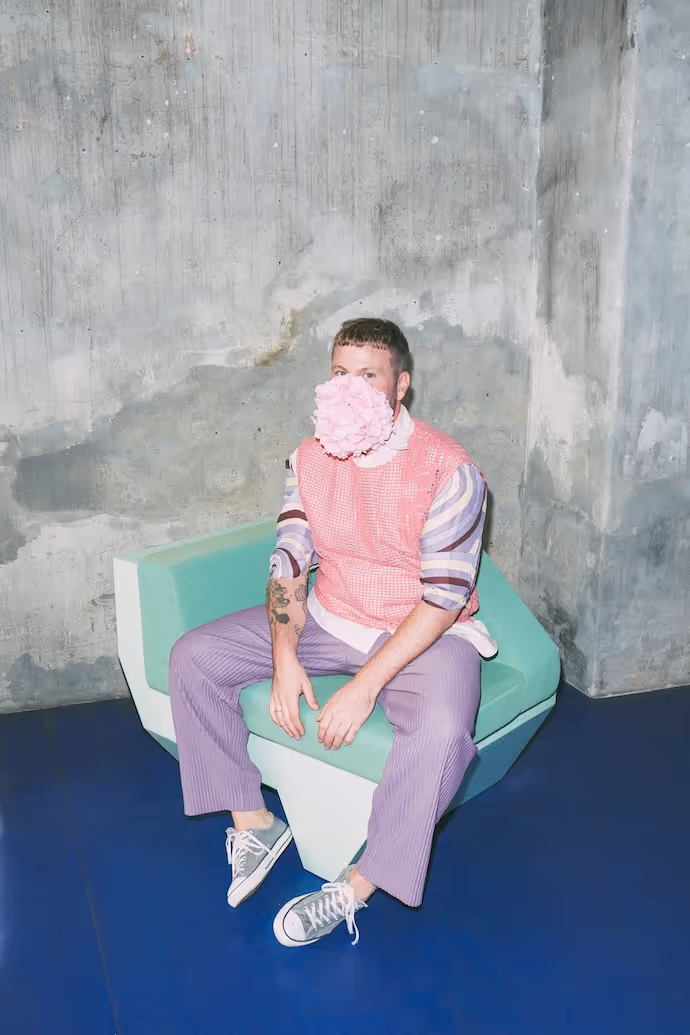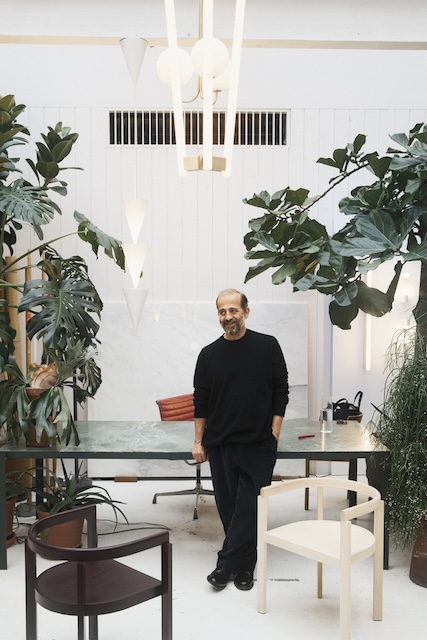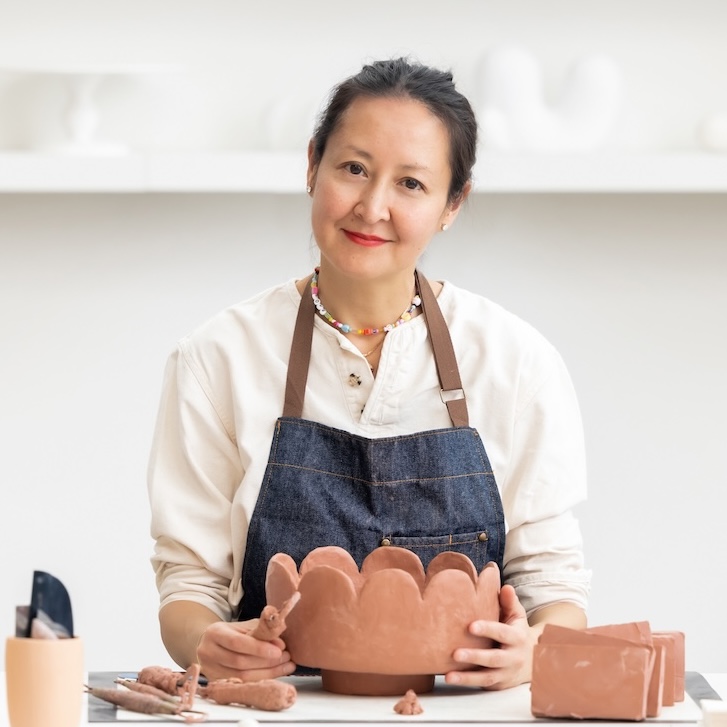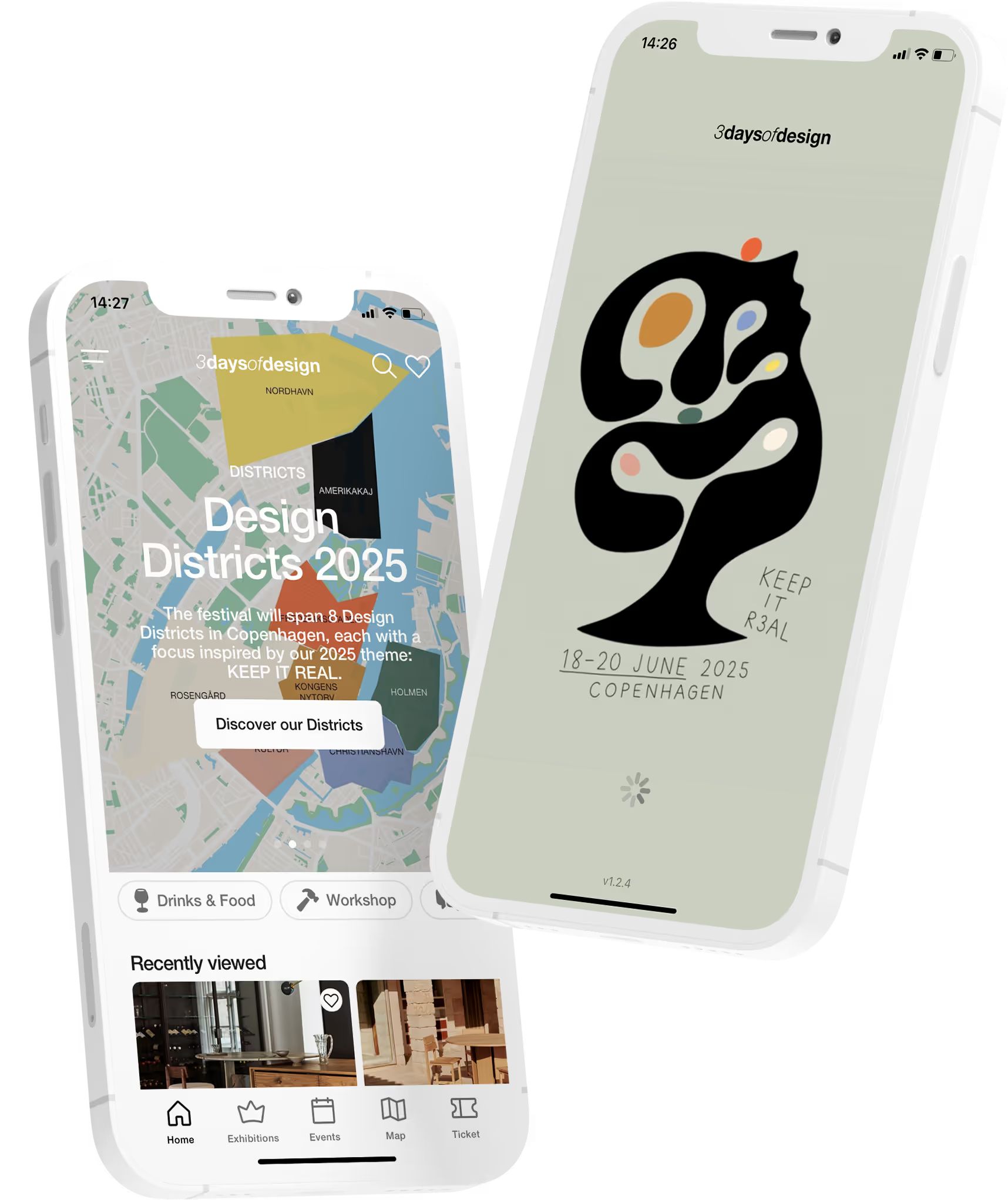Material, Memory & Making
In Copenhagen, where history is etched into every stone, the work of multidisciplinary studio TABLEAU is a refreshing change. Merging floristry, art, design and spatial installation into a singular, expressive practice, TABLEAU is—at its core—about storytelling through material and form.
For this year's 3daysofdesign, Founder and Creative Director Julius Værnes Iversen presented MATERIA, a material–led exhibition staged in the historic courtyard of the Egmont building at Landmærket 10. Set against the quiet gravitas of this storied site, MATERIA is less a contrast than a dialogue: between past and present, process and poetry. We spoke to Iversen about the vision behind the project, and the enduring power of materials to speak across time.
Your work with Tableau often blurs the line between design, floristry and installation. How did you approach this particular exhibition?
MATERIA is an exhibition based on an investigation of materials. We invited eight artists and designers to each create three pieces, one in marble, one in bronze and one in glass. The courtyard at Egmont offered the perfect context for this: it's a site with its own sense of history, surrounded by classical architecture, yet also open and adaptable. We wanted the Pavilion to feel like an extension of the place, in dialogue with its surroundings.
There's something inherently modern about placing contemporary design in a space so steeped in history. How did you navigate that contrast, or perhaps tension, between past and present?
We have curated a selection of artists that work across very different materials in their practices, and for this exhibition, we asked them to investigate the three different materials that we will showcase works in. By asking them all to interpret the same three materials, we create a kind of continuity, but also highlight their individuality. The contrast is less about old and new, and more about how timeless materials can be reimagined through fresh perspectives. We want MATERIA to feel like a respectful intervention: something sharp and new, but deeply connected to the past.
This isn't your first time working with unexpected materials and formats. What elements or ideas were most important for you to bring into this exhibition, and why?
We wanted to pay homage to some of the oldest traditions in art–making, and to the artisans who continue to work with marble, bronze and glass today. These materials have been the foundations of both art and design for millennia. In MATERIA, it was important for us to not only celebrate the differences between the materials but also show how cohesive and imaginative a piece can be when moving across them. It's a tribute to materiality and the enduring skill of human hands.
Floristry plays a major role in Tableau's visual language. How do you think living elements interact with this sculptural, more permanent setting?
We believe nature blends beautifully with almost anything. The Egmont courtyard has a quiet, natural elegance that works really well with the pieces. Many of the participating artists in MATERIA have incorporated botanical inspiration into their designs. We hope that sense of the living, of nature's quiet persistence, also came through in the total aesthetic of the exhibition.
What role does impermanence — or transformation — play in your creative philosophy, especially when placing works in such a grounded, historical environment?
Transformation is at the core of everything we do. Working with flowers teaches you to appreciate the beauty of life cycles: bloom, wither, renew. While flowers are fleeting, MATERIA is more enduring: all works are being produced in editions of 28. We hope the exhibition will live on, travel and evolve into something larger. Each piece is intended to stand alone as a sculptural object that celebrates both playful thinking and the deep, enduring joy of materiality.
If visitors leave your installation with one lingering feeling or question, what do you hope it is?
We hope they leave feeling uplifted and inspired by the different materials, techniques and possibilities on display. MATERIA is about more than aesthetics; it's about how art and design can enrich daily life. When thoughtfully made, functional objects can bring real joy into our homes and routines. We hope visitors walk away with a reminder that design isn't just something you see; it's something you live.
This article was first published in The Paper. The Paper is created in collaboration with Danish lifestyle magazine Bo Bedre. Published during the festival, it offers curated insights, interviews, and highlights, guiding our visitors on what to see and where to go.
At 3daysofdesign, our commitment extends beyond showcasing the latest trends in interior design and furniture. We strive to facilitate meaningful discussions, debate, and actively contribute to pushing forward a more sustainable approach within the realm of interior design and furniture business. Join us in our mission to inspire positive change and promote a greener, more responsible future for the industry.





